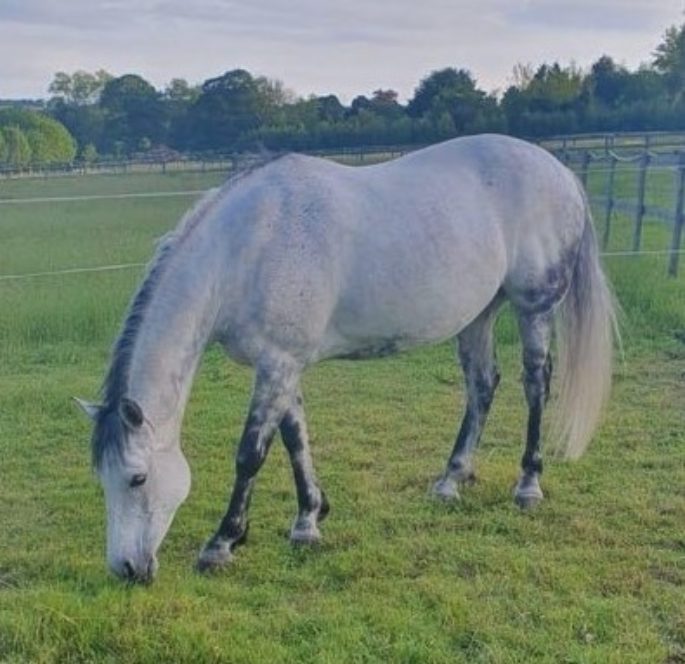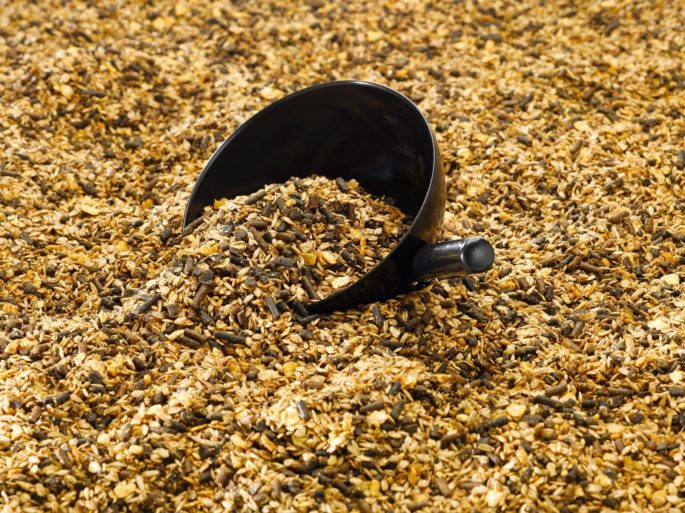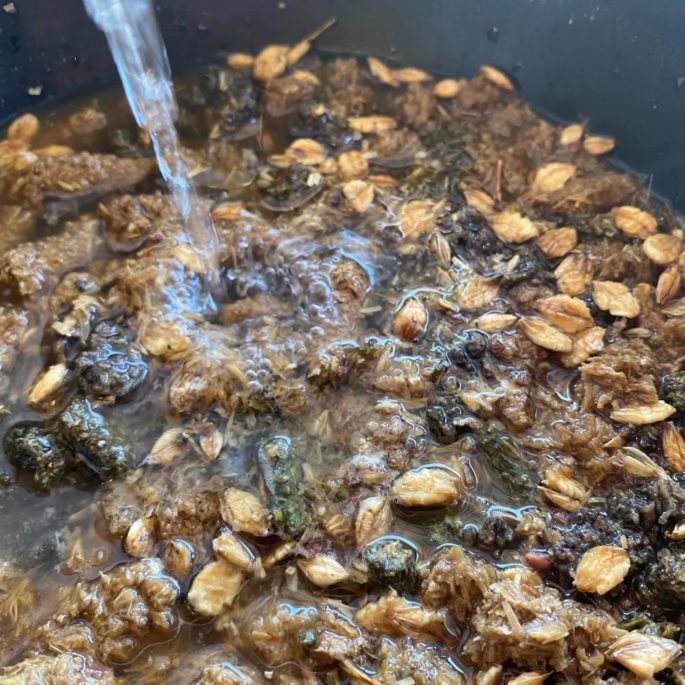Risk Factors associated with Gastric Ulcers
The way in which we keep and manage horses often means that they are unable to exhibit normal foraging behaviour and are exposed to high-stress levels such as during training or early weaning, as well as being fed rations that may have high starch levels with less than optimal forage and fibre allowance catered for. These feeding and management practices have been associated with a high prevalence of Equine Gastric Ulcer Syndrome (EGUS).
Risk Factors

Pasture Turnout
In general, grazing horses appear to have a reduced prevalence of EGUS. Horses that are allowed to be horses will trickle feed and freely exhibit their natural feeding behaviour, therefore chewing frequently allowing for the copious production of saliva to buffer the continual acid production in the stomach.
Forage Feeding
ECEIM (European College of Equine Internal Medicine) identified that having more than 6 hours between forage meals increases the risk of ESGD by 4 times. When fed hay and pasture, horses produced 400 - 480 grams of saliva per 100 grams of dry matter consumed, whereas when a concentrate feed was fed, horses produced half as much saliva, therefore significantly reducing the buffering capacity.

Starch Intake
Cereal and starch intake has been associated with an increased risk of EGUS in horses. Exceeding 2g/Kg body weight (BW) of starch intake per day was associated with a two-fold increase in the likelihood of EGUS and feeding more than 1g/Kg BW of starch per meal was associated with a 2.6 fold increase in the likelihood of EGUS.
Fasting
Horses evolved to trickle feed and therefore almost continuously eat and chew and produce continual but varying amounts of gastric acid. Chewing produces saliva, an important buffer of stomach acid. Withholding feed, even if for a short time, causes a rapid drop in gastric pH as horses produce gastric acid continually over 12-24 hours.
Gastric ulceration can be induced by alternating 24-hour periods of feed deprivation and adlibitum access to hay for a total of 96 hours of feed deprivation. Feed deprivation reduces the amount of saliva production and feed ‘matting’ to protect the squamous mucosa.

Exercise
Workload has been suggested to be one of the important risk factors for EGUS, as horses with less than 2 days of rest a week are at increased risk of ulcers. Contraction of the stomach during exercise allows acid to splash onto the non-glandular region of the stomach resulting in acid injury to this relatively unprotected mucosal lining. Less marked injury has been seen in horses that have been fed fibre prior to exercise.
AGE, BREED, GENDER
Gastric disease is multifactorial and EGUS can affect any horse of age, breed or gender.

Water Deprivation
Intermittent access to water increases the risk of EGUS as it has been shown that horses without access to water in their paddock are more than 2.5 times more likely to have EGUS than horses with constant access to water. Ensuring clean water containers, multiple water sources and constant access to water is important. Strategies to maintain water intake when travelling or away at shows must be implemented and may involve the use of flavours or mashes such as RE-COVERY MASH.
OTHER RISK FACTORS
Electrolyte administration, administration of NSAIDs, bacterial contamination of ulcer beds.
NEED GUIDANCE?
If you would like any further information on feeding your horse or pony please feel free to contact our nutritional team on 01622 718487, email info@saracenhorsefeeds.co.uk or fill out our Feed Advice Form.
Feed Advice Form
Complete our online form to receive a detailed nutritional plan for your horse or pony from one of our registered nutritionists.
Quick Feed Finder
Use our quick and easy feed finder as a guide to select the right feed for your horse or pony.












